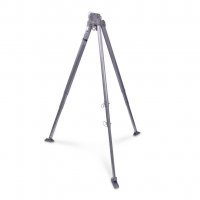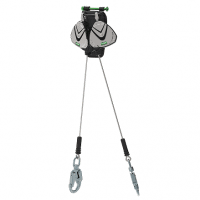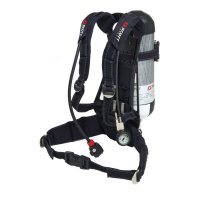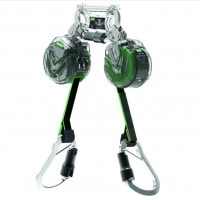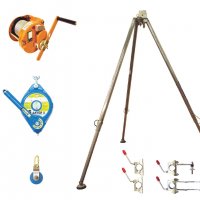- Browse Products & Services
- Hire Equipment
- Confined Space Equipment
- Working at Heights Equipment
- Cable Location Equipment
- Rescue & Resuscitation
- Gas Monitors
- Harnesses, Lanyards & Inertia Blocks
- Tripods, Fall Arrest & Recovery Devices
- Breathing Apparatus
- Davit Arm Systems
- Roof Anchors & Work Positioning Systems
- Lighting Solutions
- Airmovers – Blowers
- Generators
- Purchase Equipment
- Confined Space Equipment
- Working at Heights Equipment
- Cable Location Equipment
- Rescue & Resuscitation
- Gas Monitors
- Harnesses, Lanyards & Inertia Blocks
- Tripods, Fall Arrest & Recovery Devices
- Breathing Apparatus
- Davit Arm Systems
- Roof Anchors & Work Positioning Systems
- Lighting Solutions
- Airmovers – Blowers
- Generators
- Service Equipment
- Confined Space Equipment
- Working at Heights Equipment
- Cable Location Equipment
- Rescue & Resuscitation
- Gas Monitors
- Harnesses, Lanyards & Inertia Blocks
- Tripods, Fall Arrest & Recovery Devices
- Breathing Apparatus
- Davit Arm Systems
- Roof Anchors & Work Positioning Systems
- Lighting Solutions
- Airmovers – Blowers
- Generators
- Fixed Gas Detection Solutions
- Fixed Fall Protection Solutions
- ASL Cloud
- Safety & Compliance Training Services
- Hire Equipment
- Help & Advice
- About
- Hire Equipment
- Purchase Equipment
- Service Equipment
- Fixed Gas Detection Solutions
- Fixed Fall Protection Solutions
- ASL Cloud
- Safety & Compliance Training Services
- Confined Space Equipment
- Working at Heights Equipment
- Cable Location Equipment
- Rescue & Resuscitation
- Gas Monitors
- Harnesses, Lanyards & Inertia Blocks
- Tripods, Fall Arrest & Recovery Devices
- Breathing Apparatus
- Davit Arm Systems
- Roof Anchors & Work Positioning Systems
- Lighting Solutions
- Airmovers - Blowers
- Generators
- Confined Space Equipment
- Working at Heights Equipment
- Cable Location Equipment
- Rescue & Resuscitation
- Gas Monitors
- Harnesses, Lanyards & Inertia Blocks
- Tripods, Fall Arrest & Recovery Devices
- Breathing Apparatus
- Davit Arm Systems
- Roof Anchors & Work Positioning Systems
- Lighting Solutions
- Airmovers - Blowers
- Generators
- Confined Space Equipment
- Working at Heights Equipment
- Cable Location Equipment
- Rescue & Resuscitation
- Gas Monitors
- Harnesses, Lanyards & Inertia Blocks
- Tripods, Fall Arrest & Recovery Devices
- Breathing Apparatus
- Davit Arm Systems
- Roof Anchors & Work Positioning Systems
- Lighting Solutions
- Airmovers - Blowers
- Generators
ASL's Fixed Gas Division
Altitude Safety’s fixed gas division offers a solution tailored to you for your new or replacement system. We work with leading manufacturers in fixed gas solutions, Oldham and Monicon, to ensure that you get the perfect solution to suit your needs. We are able to design, install and service your new systems as well as service any existing systems you may have. Contact us via the form below to discuss your options
ASL's Fixed Height Division
Altitude Safety’s fixed fall protection division, in partnership with MSA/Latchways, offer a full turn key solution, tailored specifically to suit your height safety requirements. Fall Protection. Designed, Installed and Maintained by Us. Just for You.
ASL Cloud - Your New Safety Technology System
Powered by Siemens Mindsphere, ASL Cloud provides full digitalisation to Gas and Flame detection systems. Connecting everything, it enables powerful data analysis and visualisation in a real time, cloud-based environment. Clients can now receive live alarm alerts, data analysis and insights from anywhere in the world!
Nationwide Safety & Compliance Training
Retaining their respective focus in Safety Equipment and Training; Altitude Safety and Citrus Training combine, to provide our effective 360° Safety Solution. Citrus Training is the UK’s leading provider of safety training and NVQ assessments, with over 200 course subjects with nationally recognised qualifications. Training by Citrus, Equipped by Altitude.
SCBA Advice
"The SCBA is fitted with a full-face mask and a demand valve to provide a small positive pressure inside the mask, a 'Demand valve' is designed to provide air flow as demanded by the wearer. Breathing apparatus can be cleaned and reused many times as recommended by the manufacturer and may be worn continuously for more than 1 hour.
SCBA is suitable for use in oxygen-deficient atmospheres and in harsh and demanding environments. It is also used for short-term work in tanks, trenches and sewers."
Cable Location Advice
"The cable avoidance tool (CAT) is used to detect buried live power cables by locating the electrical frequency that these cables emit (typically 33KHz). Once the cable has been located, the ground can then be marked to show the layout of the cable so when the excavation takes place the cable is not damaged in any way.
If there are buried pipes, then a Generator (Genny) can be used by connecting the Genny via a signal clamp to one end of the pipe and then the Genny will emit a pulse tone down the buried pipe which can be traced using the CAT. This will then take away the risk of damaging the pipework when the excavation begins."
Confined Space Advice
"Under domestic law (the Health and Safety at Work etc Act 1974) employers are responsible for ensuring the safety of their employees and others. This responsibility is reinforced by regulations. The Confined Space Regulations 1997 apply where the assessment identifies risks of serious injury from work in confined spaces.
These regulations contain the following key duties:
Avoid entry to confined spaces, e.g. by doing the work from the outside;
If entry to a confined space is unavoidable, follow a safe system of work; and
Put in place adequate emergency arrangements before the works start"
Fixed Gas Detection Systems
"The position of the individual components should be considered carefully, fixed sensors should be positioned to detect any gas accumulation before it creates a serious hazard. Factors to consider are:
the process plant and equipment
the type of sensor
the properties and dispersion characteristics of the gas
the ventilation pattern
other safety issues, e.g. location of personnel or equipment protection
The number of sensors should also be considered, failure or removal for maintenance of an individual sensor should not compromise the safety of the area being monitored. Duplication (or triplication) of sensors and control apparatus may be required for continuous monitoring and to prevent false alarms."
Portable Gas Detection Advice
"You need to know what the oxygen content of the atmosphere is and whether there are explosive or toxic gases that could threaten the safety of the environment or, perhaps more importantly, your life. When properly used and maintained, gas detection monitors will protect both.
Not only do you need to monitor the atmosphere of your confined space to protect your life, but also OSHA requires you to do so. OSHA standard 29 CFR 1910.146 (c) subsection (C) states: Before an employee enters the space, the internal atmosphere shall be tested with a calibrated gas detector, for the following conditions in the order given: (1) oxygen content, (2) flammable gases and vapours, and (3) potential toxic air contaminants."
Harness & Lanyards Advice
"Every job will need to be assessed and a decision made as to how many attachment points are required. If there is a potential that recovery will be required then a harness with an overhead attachment point will be required. However, if working on a roof or scaffolding then only front and rear attachments are required.
An energy-absorbing lanyard is a line for connecting a full body harness to an anchorage point with an inbuilt device that reduces the impact of a fall. There is a wide range of possible causes of degradation of synthetic fibres used in webbing and rope lanyards including abuse, general wear and tear, edge/surface damage, ultraviolet light, dirt, grit and chemicals."
Mobile Confined Space Training
State of the Art Mobile Confined Space Training from one of the UK’s leading suppliers of Confined Space and Site Safety Equipment. Altitude Safety are delighted to announce the arrival of our new, Mobile Confined Space Training unit. This unit allows us to deliver non-accredited and City & Guilds Confined Space Training at your location, anywhere in the UK! This bespoke mobile confined space training vehicle has been specifically designed to meet the City & Guilds requirements but given vehicle far exceeds the specifications, we can also offer all our non-accredited confined space training portfolio in addition. The unit has been specifically designed and built to the highest standards for training purposes and provides an unrivalled confined space experience. Our Mobile Confined Space Unit enables our clients to reduce the cost of training their staff, whilst utilising the very latest training delivery methods.
Working at Heights Advice
"Falls from height are one of the biggest causes of workplace fatalities and major injuries. Common causes are falls from ladders and through fragile roofs. The purpose of the Working at Heights Regulations is to prevent death and injury from a fall from height. Working at height means work in any place where, if there were no precautions in place, a person could fall a distance liable to cause personal injury. For example:
Working on a ladder or a flat roof
Could fall through a fragile surface
Could fall into an opening in a floor or a hole in the ground
There is a common misconception that ladders and stepladders are banned, but this is not the case. There are many situations where a ladder is the most suitable equipment for working at height. Before working at height, you must work through these simple steps:"
About Us
Founded in 2009, Altitude Safety has fast become one of the UK’s leading safety equipment suppliers and joining the Citrus Group in 2014 has fast-tracked this success story even further.
Services
We appreciate that no two jobs are same and your requirements change from job to job, that’s why at Altitude Safety we take the time to understand you and your business. Explore our services below and contact us to speak with a number of experienced product specialists who can advise of the most suitable piece of equipment for your specific job.
360 Solution
Retaining their respective focus in Safety Equipment and Training; Altitude Safety and Citrus Training combine, to provide our effective 360° Safety Solution. Citrus Training is the UK’s leading provider of safety training and NVQ assessments, with over 200 course subjects with nationally recognised qualifications. Training by Citrus, Equipped by Altitude.
Testimonials
For us its all about what our customers say about us. So we let them tell our story for us.
FAQ's
Got a question? It might on this page. If you can’t find what your looking for? Don’t worry, we are only we are only a phone call away. Our Safety Equipment Advisory Team would love to hear from you!
News
Everything you need to know to keep you safe with information and product reviews on the latest safety technology and products
Featured Products
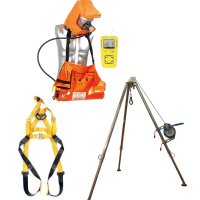
1 Person Confined Space Entry Package
£137.5Per Week
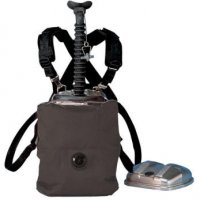
Self Rescuer / Chemical Rebreather - 30 min - With Goggles
£66Per Week
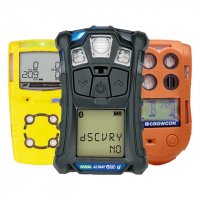
Standard Multi Gas Monitor (Flam (LEL), H2S, O2, CO)
£60.5Per Week
Featured Products
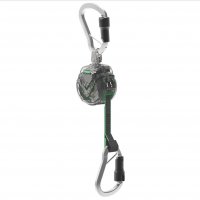
Personal Fall Limiter Device - 1.8m - Single
£27.5Per Week
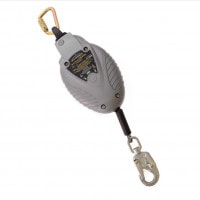
Inertia Fall Arrest Device (SRL) 7m - Galv. Steel
£60.5Per Week
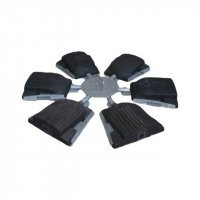
Portable Roof Man Anchor - 1 Person System
£71.5Per Week
Featured Products
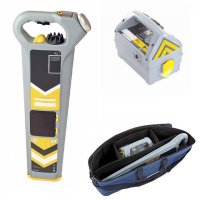
Standard CAT & Genny Hire Package - With Depth, Data logging, SWING and GPS (50Hz mains regions)
£93.5Per Week
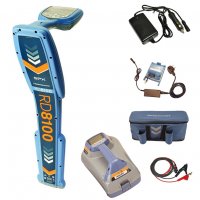
Precision Cable Locator & Generator Package - RD8000 Series
£110Per Week
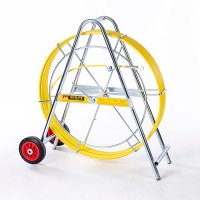
Ritelite – Cobra Rodding System
£82.5Per Week
Featured Products
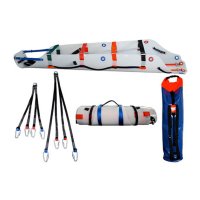
SLIX100KIT Stretcher - Horizontal & Vertical Hauling Strops & Bag Kit
£68Per Week
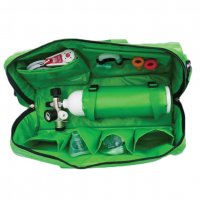
Resuscitator Kits
£93.5Per Week
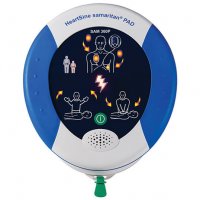
Defibrillator Kits
£104.5Per Week
Featured Products

Standard Multi Gas Monitor (Flam (LEL), H2S, O2, CO)
£60.5Per Week
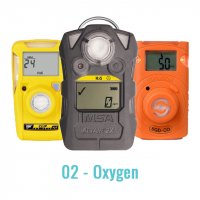
Single Cell Gas Monitor - (O2 - Oxygen)
£38.5Per Week
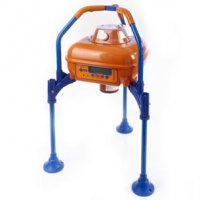
Area Gas Monitor - Standard Four Gas (O2/CO/H2S/LEL) - Non Wireless
£137.5Per Week
Featured Products
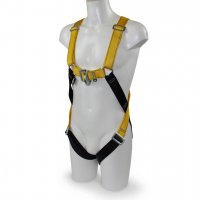
Confined Space Rescue Harness
£13.75Per Week
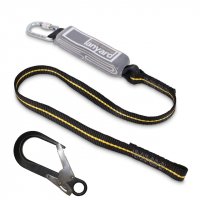
Fall Arrest Lanyard with shock absorber 1-2m - with Scaffold Hook
£13.75Per Week
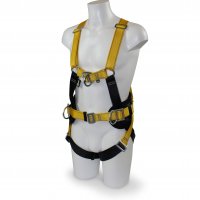
Working at Height Rescue Harness
£13.75Per Week
Featured Products
View All ProductsFeatured Products
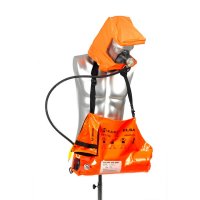
10 Minute Escape Breathing Apparatus Set - Hooded
£44Per Week
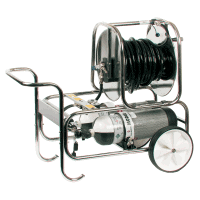
Airline Trolley System - 2 Person Set Up - Including 2x Flite Escape Sets
£275Per Week

Self Rescuer / Chemical Rebreather - 30 min - With Goggles
£66Per Week
Featured Products
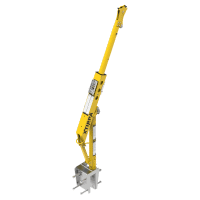
Trench Davit Arm System c/w Fall Arrest Recovery Device, Man Riding Winch & Brackets
£264Per Week
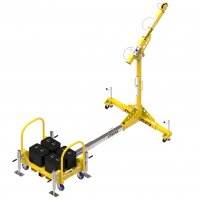
Counterweight 1200mm Arm Davit System c/w Fall Arrest Recovery Device, Man Riding Winch & Brackets
£395Per Week
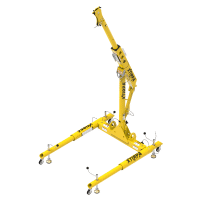
H-Base Davit Arm System c/w Fall Arrest Recovery Device, Man Riding Winch & Brackets
£434.5Per Week
Featured Products

Portable Roof Man Anchor - 1 Person System
£71.5Per Week
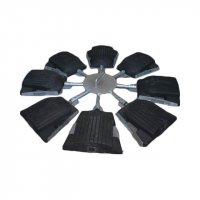
Portable Roof Man Anchor - 2 Person System
£93.5Per Week
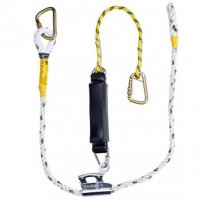
Man-U-Just System, Guided Type Work Positioning
£27.5Per Week
Featured Products
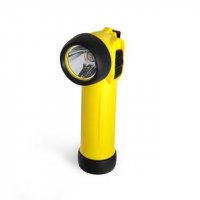
ATEX Intrinsically Safe Right Angled Hand Torch
£16.5Per Week
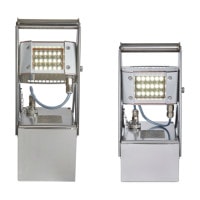
Wolf ATEX Approved Area Work Light
£82.5Per Week
Featured Products

Airmover 300mm (12 inches) - ATEX Approved - 7.5M Ducting
£82.5Per Week

Airmover 300mm (12 inches) - 110V - Non ATEX - 7.5M Ducting
£55Per Week
Featured Products

Single Entrant Confined Space Entry Package
£ on request

MSA - SSR30/100 Chemical Rebreather
£933.317
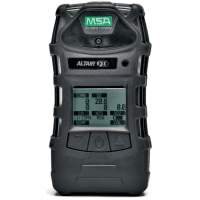
MSA - Altair 5X Gas Monitor
£1529.594
Featured Products
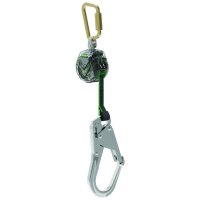
MSA Latchways - V-Tec Mini PFL (Personal Fall Limiter)
£116.666
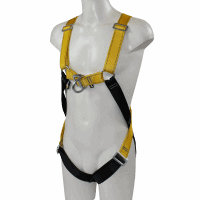
Ridgegear - RGH2 Front & Rear D Harness
£ 41.019
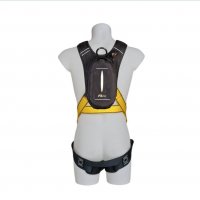
MSA Latchways - Personal Rescue Device (PRD)
£855.206
Featured Products
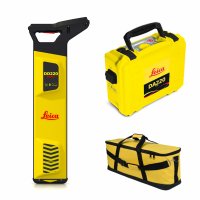
Leica - Detect DD220 Smart Package
£ 1886.115
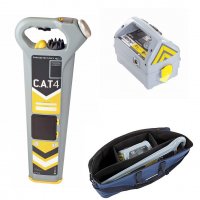
Radiodetection - eCAT4 with Data Logging & SWING, Genny 4 & Bag Kit
£1457.5

Ritelite - Cobra Rodding System
£212.52
Featured Products
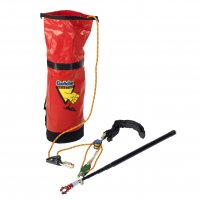
IKAR - GOTCHA Rescue System
£ 698.5

Abtech - SLIX100 Stretcher Kit
£ 604.065
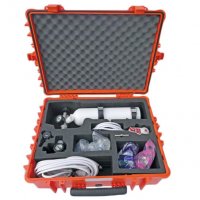
Meditech - Confined Space Resuscitation Kit
£2440.724
Featured Products
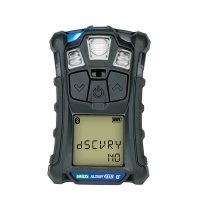
MSA - Altair 4XR Gas Monitor
£624.00
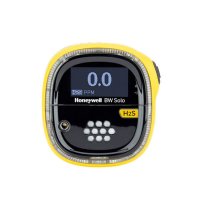
BW - Solo Single Gas Monitor
£327.316
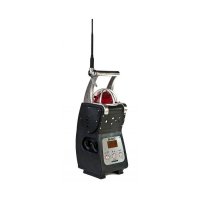
Teledyne - BM25 Transportable Gas Detection
£3146.506
Featured Products
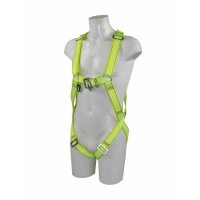
Ridgegear - RGH5 GLOW Front & Rear D Rescue Harness with rescue point and high vis webbing
£ 53.636
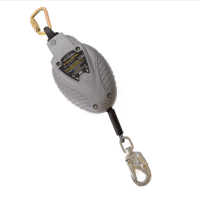
MSA Latchways - Self Retracting Lifeline (SRL)
£286.077
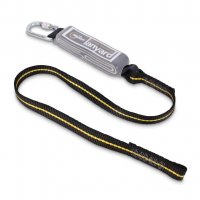
Ridgegear - RGL1 Shock Absorber Lanyard
£34.804
Featured Products
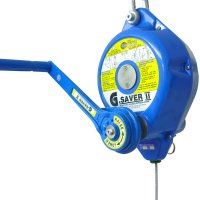
Globestock - G.Saver II Fall Arrester & Rescue Winch 14m
£740.234
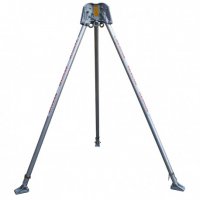
Abtech - RT3 Two Person Rescue Tripod
£855.591
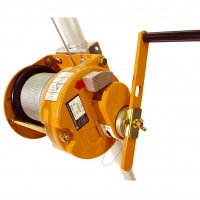
Globestock - G.Winch
£941.60
Featured Products
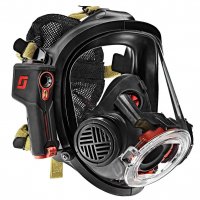
Scott - Scott Sight Facemask
£1906.839

Scott - Elsa 15B Escape Breathing Apparatus
£393.25

Scott - ModulAir Airline Trolley System 2-Man Set Up
£ 6600.55
Featured Products

Xtirpa - Trench Davit System
£ on request
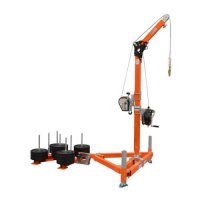
Abtech - Counterweight Davit Kit
£ 7433.58
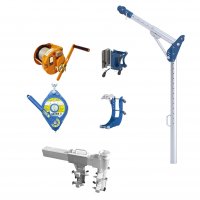
Globestock - G.Davit ACS Winch Kit | 14m
£ 4711.3
Featured Products

Mobile Man Roof Anchor - 6 Leg
£ 831.875
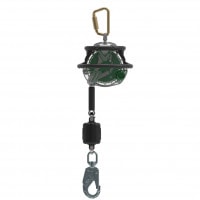
MSA Latchways - V-EDGE™ Cable SRL
£471.735

P&P Safety - Man-U-Just System, Guided Type Work Positioning
£149.248
Featured Products
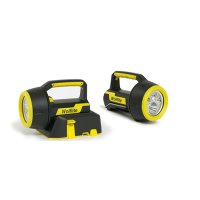
Wolf - Wolflite XT-70 Handlamp
£603.889

Wolf - ATEX/IECEX LED Worklite
£2084.72

Wolf - ATEX Safety Torch with LED
£54.725
Featured Products

VAF Air - Miniveyor Air VAF-300
£362.67
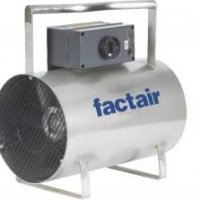
Factair - AF300 Confined Space Ventilation
£ on request
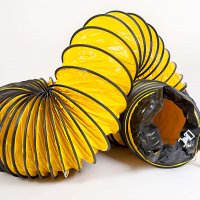
VAF Air - Flexible Duct 7.5m Long
£131.67
Featured Products

Stephill 5000HMS Petrol Generator
£ on request

Stephill RT3000DLMC
£ on request

Stephill 5000LRT (Long Range) Petrol Generator
£ on request
Related Products
Related Products
Related Products
Related Products
Related Products
Related Products
Related Products
Related Products
Related Products
Related Products
Related Products
Related Products
Related Products
Featured Products
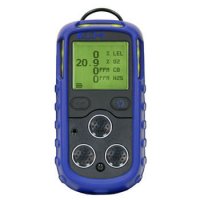
Teledyne - PS200 Standard Filter Gas Monitor
£580.965

Teledyne - BM25 Transportable Gas Detection
£3146.506
Featured Products

MSA Latchways - Personal Rescue Device (PRD)
£855.206

MSA Latchways - Transfastener and Removable Transfastener
£

MSA Latchways - V-Tec Mini PFL (Personal Fall Limiter)
£116.666
Featured Products

Teledyne - BM25 Transportable Gas Detection
£3146.506

Teledyne - PS200 Standard Filter Gas Monitor
£580.965
Featured Products

MSA - Altair 4XR Gas Monitor
£624.00
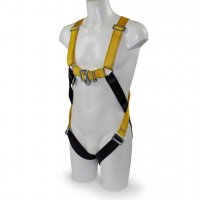
Ridgegear - RGH5 Confined Space Harness
£ 44.935

Scott - Elsa 15B Escape Breathing Apparatus
£393.25
Featured Products

Scott - Scott Sight Facemask
£1906.839

Scott - Elsa 15B Escape Breathing Apparatus
£393.25

Scott - ModulAir Airline Trolley System 2-Man Set Up
£ 6600.55
Featured Products

Leica - Detect DD220 Smart Package
£ 1886.115

Radiodetection - eCAT4 with Data Logging & SWING, Genny 4 & Bag Kit
£1457.5

Ritelite - Cobra Rodding System
£212.52
Featured Products

Single Entrant Confined Space Entry Package
£ on request

MSA - SSR30/100 Chemical Rebreather
£933.317

MSA - Altair 5X Gas Monitor
£1529.594
Featured Products

Teledyne - PS200 Standard Filter Gas Monitor
£580.965

Teledyne - BM25 Transportable Gas Detection
£3146.506
Featured Products

BW - Solo Single Gas Monitor
£327.316

MSA - Altair 4XR Gas Monitor
£624.00
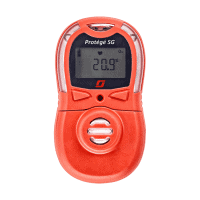
Teledyne - Protégé Single Gas Monitor
Featured Products

Ridgegear - RGH5 Confined Space Harness
£ 44.935
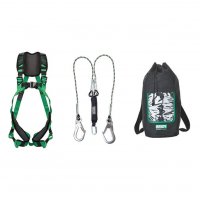
MSA - V-FIT Scaffolding Premiuim Kit
£ 220.561

Ridgegear - RGL1 Shock Absorber Lanyard
£34.804
Featured Products

Scott - Elsa 15B Escape Breathing Apparatus
£393.25
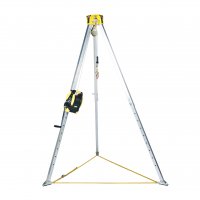
MSA - Workman Tripod
£660.418
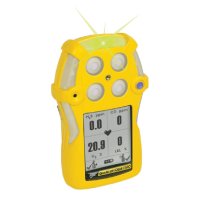
BW - GasAlert Quattro Gas Monitor
£669.68
Featured Products

MSA Latchways - V-Tec Mini PFL (Personal Fall Limiter)
£116.666

Ridgegear - RGH2 Front & Rear D Harness
£ 41.019

MSA Latchways - Personal Rescue Device (PRD)
£855.206
Featured Products

Xtirpa - Trench Davit System
£ on request

Scott - ModulAir Airline Trolley System 2-Man Set Up
£ 6600.55

Leica - Detect DD220 Smart Package
£ 1886.115
Featured Products
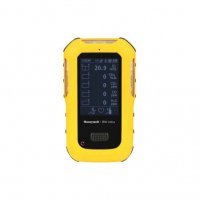
BW - Ultra 5 Gas Monitor
£1546.963

Mobile Man Roof Anchor - 6 Leg
£ 831.875
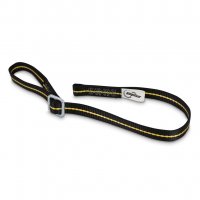
Ridgegear - RGL12 Single Leg Adjustable Webbing Restraint Lanyard
£19.558
Featured Products

IKAR - GOTCHA Rescue System
£ 698.5

MSA - Altair 5X Gas Monitor
£1529.594

Ritelite - Cobra Rodding System
£212.52
Featured Products

MSA Latchways - Personal Rescue Device (PRD)
£855.206

VAF Air - Miniveyor Air VAF-300 Duct Kits
£433.125

Abtech - SLIX100 Stretcher Kit
£ 604.065
Personal Protective Equipment at Work (Amendment) Regulations 2022
If you ask someone to draw something that represents Health and Safety in the workplace there is a good chance that they will draw a piece of PPE, and most likely a hard hat.
The original PPE regulations, issued in 1992 as part of a “six-pack” of regulations that lay the foundation for Health and Safety, aligning UK regulations with European Directives.
New, amended, regulations came into force on the 6th April 2022 under which the existing duties remain unchanged, but there are new duties introduced for “limb (b)” workers
What is a limb(b) worker?
In the UK, section 230(3) of the Employment Rights Act 1996’s definition of a worker has 2 limbs:
- Limb (a) describes those with a contract of employment.
- Limb (b) describes workers who generally have a more casual employment relationship and work under a contract for service
Limb (a) workers are employees under the Health and Safety at Work etc Act 1974 and are already in scope of PPE Regulations 1992
Limb (b) workers are not classed as employees and prior to the new amendment regulations did not fall under the requirements under the scope of PPE Regulations 1992
Generally, workers who come under limb (b):
- carry out casual or irregular work for one or more organisations;
- after 1 month of continuous service, receive holiday pay but not other employment rights such as the minimum period of statutory notice;
- only carry out work if they choose to;
- have a contract or other arrangement to do work or services personally for a reward (the contract doesn’t have to be written) and only have a limited right to send someone else to do the work, for example swapping shifts with someone on a pre-approved list (subcontracting);
- are not in business for themselves (they do not advertise services directly to customers who can then also book their services directly).
Please note: These changes do not apply to those who have a ‘self-employed’ status.
What are the changes from 6th April 2022?
If you employ limb (a) and limb (b) workers:
- You need to ensure that there is no difference in the way PPE is provided to your workers, as defined by PPE Regulation 2022. This means assessing the risk and ensuring suitable PPE is provided, when needed, to all people that fall under the definition of worker.
If you employ limb (b) workers only:
- You need to ensure that your workers are provided with PPE free of charge. This means assessing the residual risk once all other measures (such as engineering controls) have been taken.
- You then need to ensure suitable PPE is:
- Provided
- Compatible
- Maintained
- Correctly stored
- Used properly
- You also need to provide training and instruction in its use to all your workers.
- You cannot charge workers for PPE they require to carry out their work.
What should you do?
- Clarify the employment status of all workers in your business. Every business is different in how they engage work so you may need to take advice from your competent HR Advisor;
- Use this as an opportunity to review PPE use in your business. Remember the priority is to eliminate and manage risk, using means such as engineering controls and safe systems of work. If PPE is required as a last resort, have you correctly identified the right types and specifications of your PPE;
- Use the publicised change to engage with your employees, and ensure they are trained and instructed in the use of PPE and its care, and know how to report damage to their PPE and how to obtain a replacement.
Need to talk to us about Safety Equipment?
Offers & Insights


